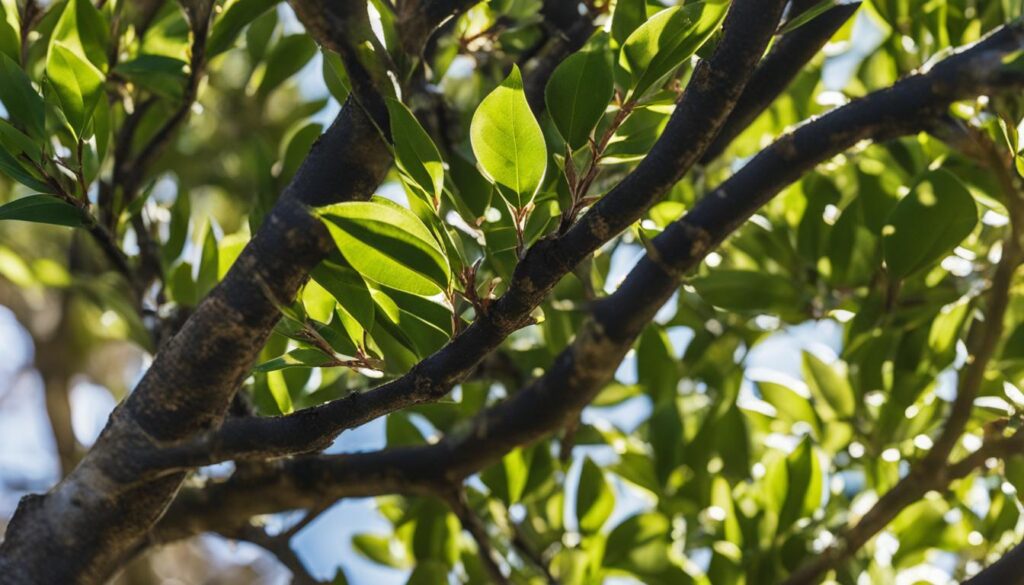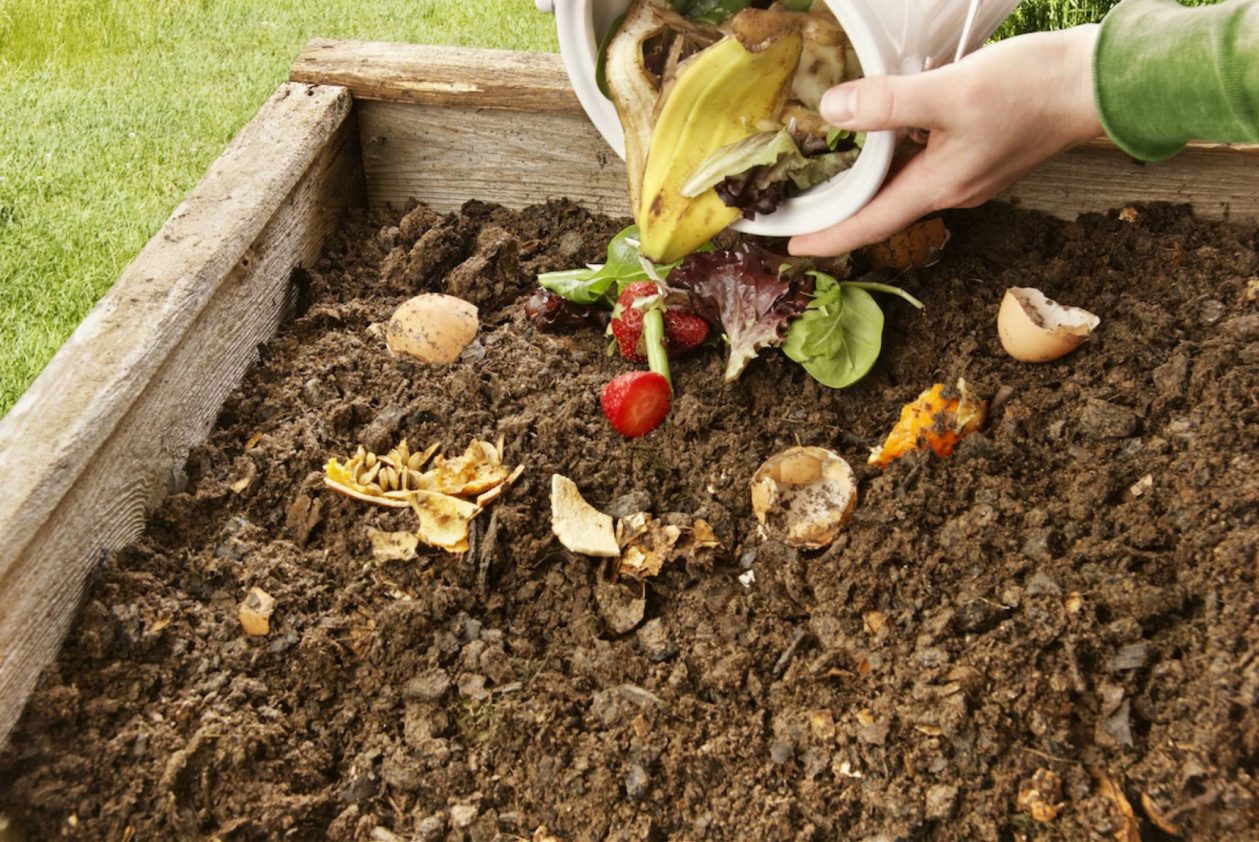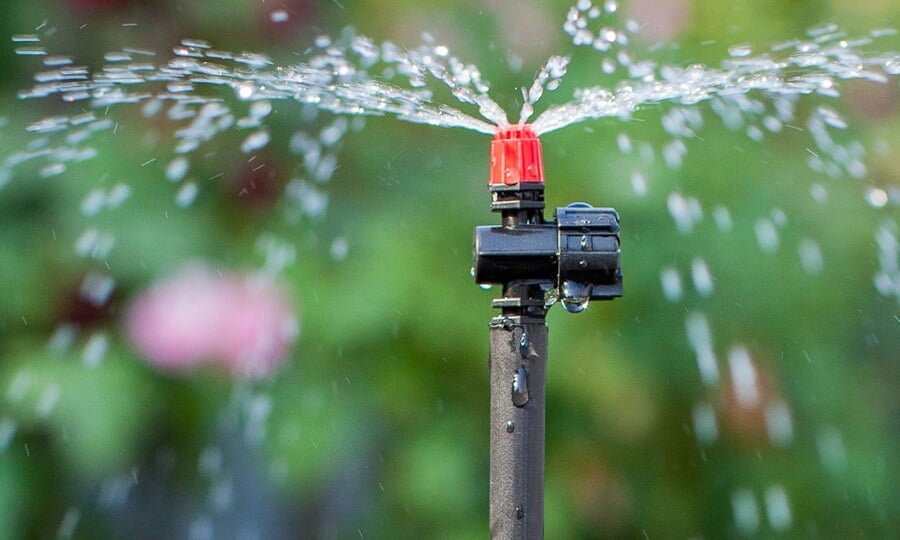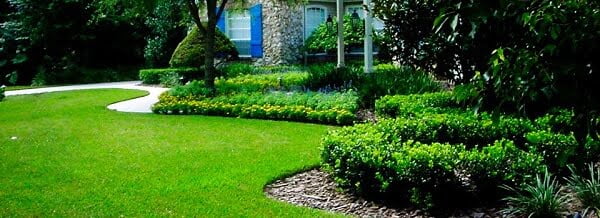Crape myrtle bushes are popular and beloved shrubs in the Southeast. Proper pruning is crucial for their top performance. Topping, a common but ineffective technique, leads to poor branching structure and labor-intensive maintenance. Instead of topping, consider the technique of pollarding, which involves regular and careful pruning to maintain a compact appearance. Pruning crape myrtle in its dormant season, between January and March, is recommended. Choose the right size cultivar for your space to avoid excessive pruning in the future.
Key Takeaways:
- Topping crape myrtle bushes leads to poor branching structure and labor-intensive maintenance.
- Pollarding is a careful pruning technique that helps maintain a compact appearance.
- Prune crape myrtle bushes in their dormant season, between January and March.
- Choosing the right size cultivar can prevent excessive future pruning.
- Proper pruning techniques ensure healthy crape myrtle bushes and maintain their natural beauty.
The Problem with Topping Crape Myrtle
Topping crape myrtle bushes, especially in more northern climates, has become a popular method for size reduction. Many gardeners believe that this technique results in copious amounts of growth and larger blooms. However, what they may not realize is that topping crape myrtles leads to long-term issues such as poor branching structure and the need for yearly maintenance.
The pretty exterior of a topped crape myrtle often hides a weak branching structure that can easily break under the weight of heavy blooms or inclement weather. This compromises the overall health and longevity of the tree. In addition, topping crape myrtle can result in an unattractive and distorted canopy structure, with branches growing at odd angles that detract from the tree’s natural beauty.
Furthermore, the labor-intensive nature of maintaining a topped crape myrtle should not be underestimated. Regular pruning is required to control the excessive growth that occurs after topping, as well as to remove the resulting water sprouts and suckers that emerge from the cut branches. This constant upkeep can be time-consuming and detracts from the enjoyment of your garden.
Instead of resorting to topping, it is recommended to explore alternative pruning techniques that promote a healthy and attractive canopy structure. By adopting proper pruning methods, you can showcase the crape myrtle’s beautiful bark and create a well-balanced and aesthetically pleasing tree.
Incorrect pruning methods may not kill crape myrtles, but they do rob you of the opportunity to enjoy their full potential. Take the time to learn proper pruning techniques to ensure the long-term health and beauty of your crape myrtle.
By avoiding the pitfalls of topping and embracing more appropriate pruning practices, you can create a visually stunning crape myrtle that enhances the overall appeal of your garden.
The Pollarding Technique for Crape Myrtle
Pollarding is a pruning technique commonly used in European gardens to achieve an aesthetically pleasing and compact appearance in trees. Unlike the indiscriminate practice of topping, pollarding is an art form that requires careful planning, time, and attention to detail.
To pollard a crape myrtle, the central leader is regularly removed, and the growth is cut back to the same point. This method helps maintain a dense mass of branches and a compact appearance, making it ideal for smaller spaces or gardens where the tree’s size needs to be controlled.
Pollarding is a deliberate and thoughtful pruning practice that promotes quick wood growth and ensures a well-maintained and attractive tree structure. By employing this technique, you can achieve a visually appealing appearance without compromising the long-term health of the tree.
It’s important to differentiate between pollarding and topping. While topping is a detrimental and haphazard pruning method, pollarding is a more deliberate approach that takes into account the tree’s overall health and appearance.
Pollarding involves regular and careful pruning to maintain a compact appearance, whereas topping results in poor branching structure and labor-intensive maintenance.
By utilizing the pollarding technique, you can effectively prune your crape myrtle to achieve a tidy, compact form that enhances the overall beauty of your landscape.
When it comes to tree pruning, pollarding is an excellent option for crape myrtles, ensuring they maintain a compact appearance. Now that you understand the benefits of this technique, let’s explore the best time to prune crape myrtle bushes.
The Best Time to Prune Crape Myrtle
When it comes to pruning crape myrtle bushes, timing is everything. The dormant season, which typically falls in January or early spring in the Southeast, is the ideal time for pruning. Pruning during this period allows the tree to recover without compromising its flowering season, which begins in spring.
Start by assessing the tree for any dead branches. These branches not only detract from the tree’s appearance but also pose a risk of disease and insect infestation. Remove them carefully to promote overall tree health.
Next, focus on improving the tree’s overall structure. Look for crossing or rubbing branches that may impede growth or alter the tree’s shape. Make strategic cuts to remove these branches, ensuring a well-balanced and aesthetically pleasing form.
Reduction cuts can also be made to manage the tree’s size and density. By strategically trimming specific limbs or branches, you can achieve a more compact appearance while reducing the amount of material being removed.
Remember, pruning during the dormant season is crucial for the tree’s healthy growth and long-term vitality. It helps maintain the crape myrtle’s natural beauty while promoting an improved overall structure.
Image: Pruning crape myrtle during the dormant season helps improve overall tree structure and maintain its natural beauty.
Choosing the Right Size Crape Myrtle
In the past two decades, numerous new crape myrtle cultivars have been introduced to the market, offering a wide range of sizes. There are now giant crape myrtles that grow up to 30 feet tall and creeping ground-cover types that remain low to the ground.
It is important to choose the right-size crape myrtle for your needs and space. If you have a crape myrtle that has become too big, consider replacing it with a smaller cultivar instead of pruning it excessively for size. Selecting a crape myrtle with a desired mature height and width will save you the hassle of constant pruning in the future.
By choosing the right-size crape myrtle, you can ensure that it is suitable for smaller spaces and won’t require excessive pruning to fit. This not only saves you time and effort but also helps maintain the natural shape and beauty of the tree. Rather than battling with an overgrown crape myrtle, start with the right size and enjoy its presence in your garden or landscape.
Conclusion
Proper pruning techniques are essential for maintaining the health and natural beauty of crape myrtle bushes. Avoid the common and ineffective method of topping, as it leads to poor branching structure and requires labor-intensive maintenance. Instead, opt for the thoughtful practice of pollarding, which involves regular and careful pruning to maintain a compact appearance.
For optimal results, prune crape myrtle bushes during their dormant season, preferably in January. This will help improve the overall structure of the tree and encourage healthy growth. Additionally, choosing the right size cultivar for your space is crucial to avoid excessive pruning in the future.
By following these guidelines and mastering the art of trimming crepe myrtle bushes effectively, you can ensure the long-term vitality of these beautiful shrubs while maintaining their natural beauty.
How Can I Maintain the Beauty of Crepe Myrtle Bush Year-Round?
To maintain the yearround beauty of your Crepe Myrtle bush, regular pruning is essential. Start by removing dead or diseased branches and shaping the bush. Avoid heavy pruning in winter, as it may lead to decreased blooming. Mulching helps retain moisture, while watering consistently during dry spells is necessary. Applying a slow-release fertilizer in spring promotes healthy growth and vibrant foliage. These yearround beauty tips will ensure your Crepe Myrtle bush remains enchanting.
FAQ
Why is topping crape myrtle bushes ineffective?
Topping crape myrtle bushes may result in copious growth and larger blooms, but it leads to poor branching structure and the need for yearly maintenance.
What is the difference between pollarding and topping?
Pollarding is a deliberate and thoughtful pruning practice that helps maintain a dense mass of branches and a compact appearance. Topping, on the other hand, is indiscriminate and detrimental to the tree’s long-term health.
When is the best time to prune crape myrtle bushes?
It is recommended to prune crape myrtle bushes during their dormant season, ideally in January or early spring, until March without impacting flowering.
What should be pruned during crape myrtle bush pruning?
Start by removing any dead branches, followed by cuts that improve the overall structure of the tree. This can include the removal of crossing or rubbing branches. Reduction cuts can also be made to balance the tree’s appearance.
How do I choose the right-size crape myrtle for my space?
It is important to choose a crape myrtle cultivar with a desired mature height and width for your needs and space, to avoid excessive pruning in the future.
Why is proper pruning important for crape myrtle bushes?
Proper pruning techniques are crucial to ensure the health and maintain the natural beauty of crape myrtle bushes. Topping, a common but ineffective method, leads to poor branching structure and labor-intensive maintenance.











